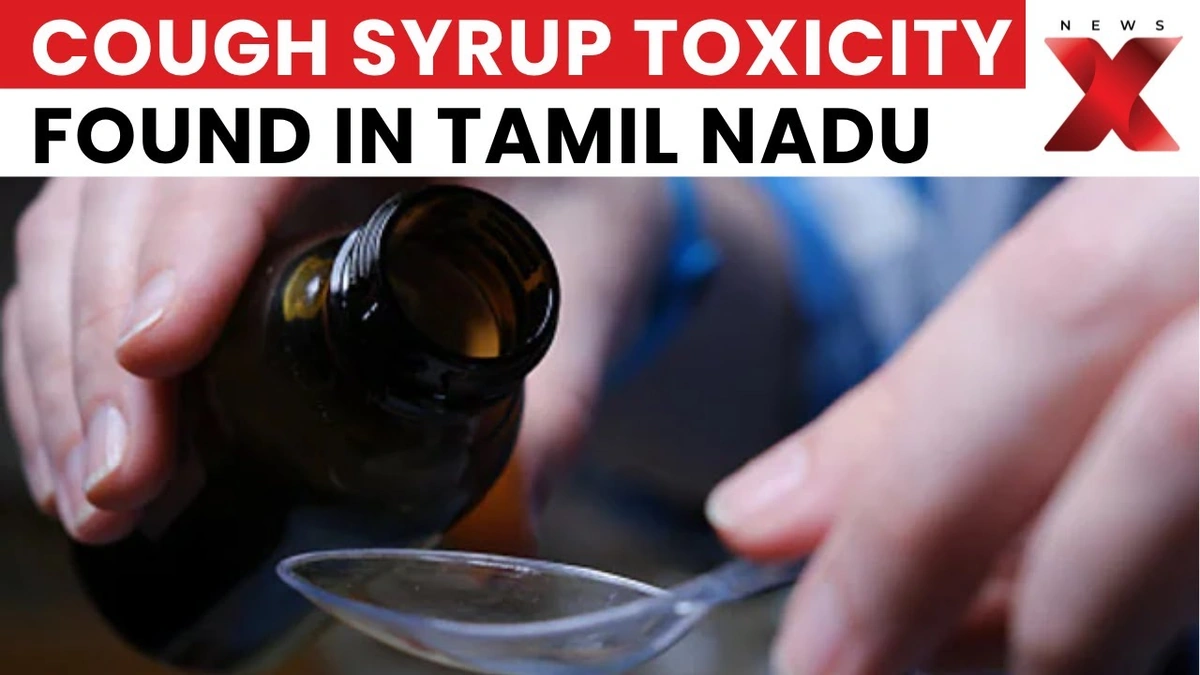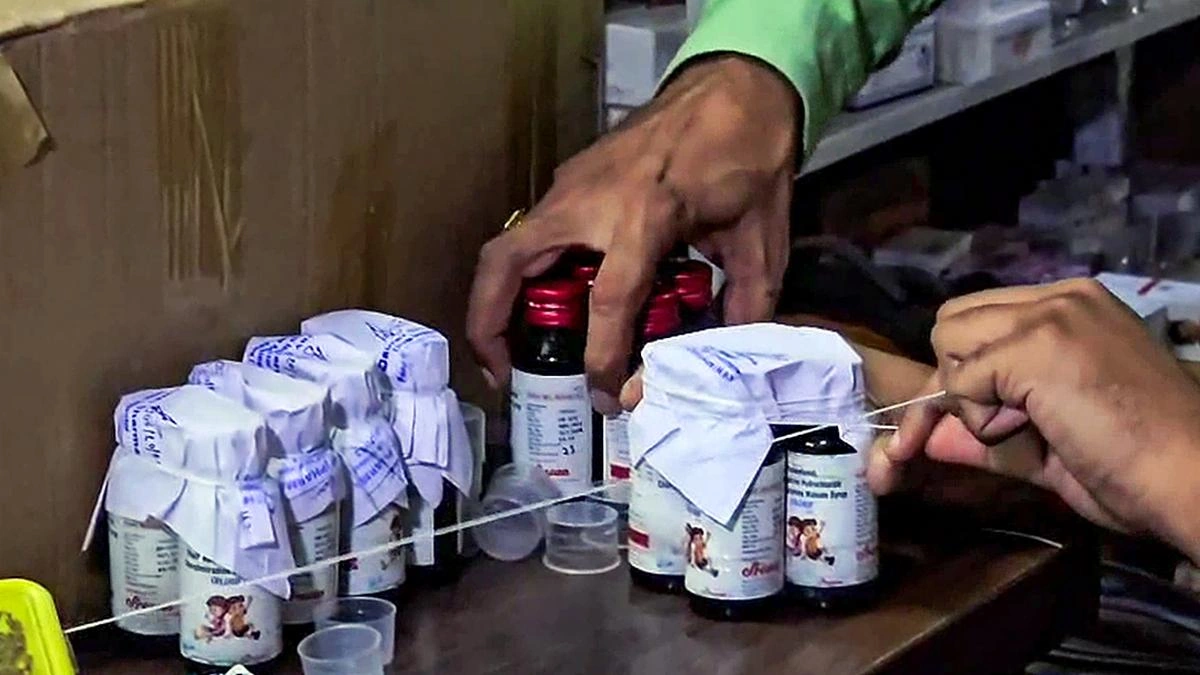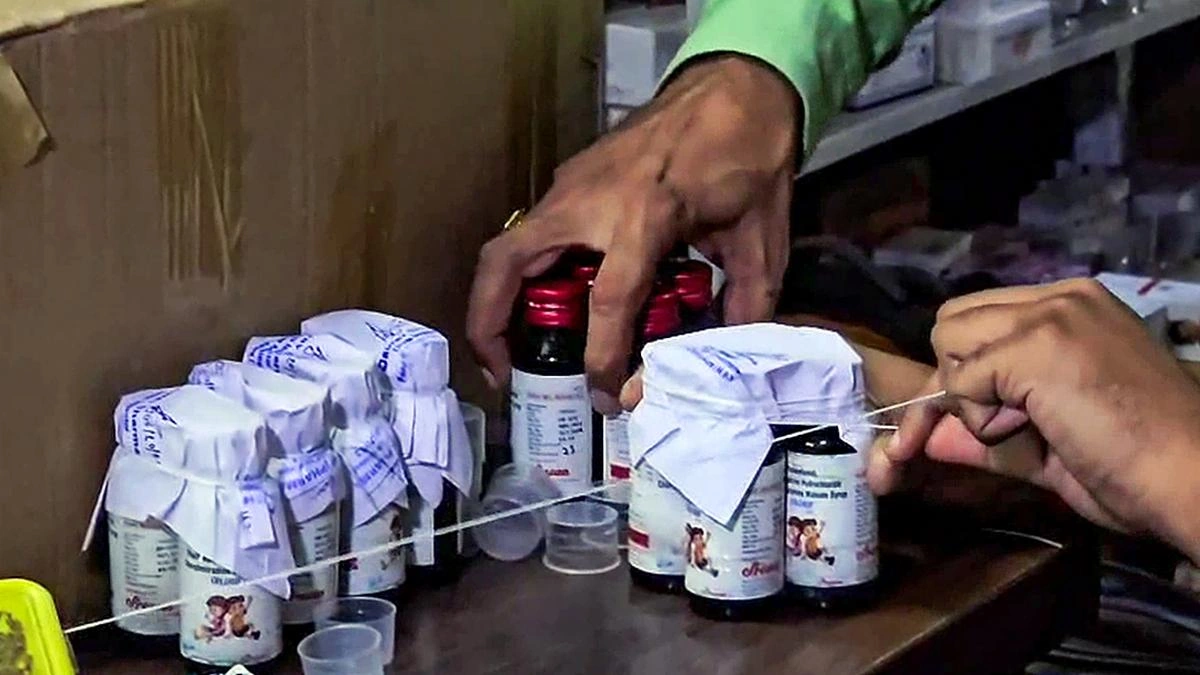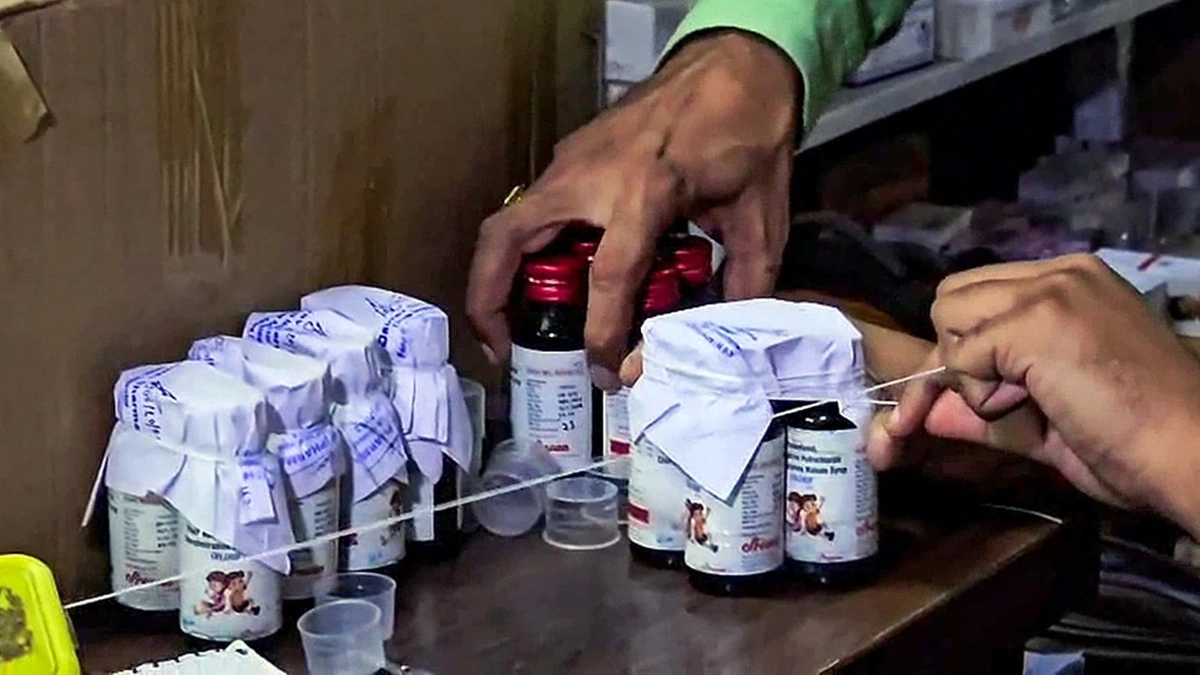Toxic DEG in Coldrif Cough Syrup | Everything You Should Know
Alright, let’s talk about something that might be lurking in your medicine cabinet – specifically, that bottle of cough syrup you reach for when you’re feeling under the weather. What if I told you it could contain something toxic ? I know, not exactly the kind of news you want to hear when you’re already battling a cold. But, honestly, it’s something we need to discuss, especially after recent reports about diethylene glycol (DEG) contamination in certain batches of cough syrup. This isn’t just scaremongering; it’s about being informed and protecting yourself and your family. Let’s dive into the nitty-gritty of what’s going on, shall we?
What exactly is DEG and Why is it Dangerous?

So, what is this toxic DEG stuff anyway? It’s a chemical compound, Diethylene Glycol, and it’s primarily used in industrial applications like antifreeze or as a solvent. Here’s the thing – it’s definitely not meant for human consumption. I initially thought, well, it’s probably just a minor irritant. But let me tell you, I was wrong. When ingested, even in small amounts, DEG can be incredibly dangerous. We’re talking kidney failure, neurological issues, and in severe cases, it can even be fatal. I know, heavy stuff.
But, here’s the kicker – it sometimes finds its way into pharmaceuticals, especially cough syrups, as a cheaper alternative to propylene glycol or glycerin, which are safe solvents. Think of it as a cost-cutting measure gone horribly wrong. According to the World Health Organization (WHO) , the presence of DEG in cough syrups has led to numerous incidents of mass poisoning around the globe, particularly affecting children. Heartbreaking, isn’t it? This really brings home the need to check the labels of all medicines before using them.
How Does Toxic DEG End Up in Cough Syrup?
Okay, so now you’re probably wondering, how does this stuff even get into the medicine in the first place? Well, it’s usually due to a substitution error or, let’s be blunt, cost-cutting shortcuts during the manufacturing process. Pharmaceutical companies, especially those operating in regions with less stringent regulations, might use DEG as a cheaper alternative to safer solvents like propylene glycol or glycerin. What fascinates me is how easily these things can slip through the cracks. A lack of proper quality control, inadequate testing of raw materials, and sometimes, even deliberate adulteration can lead to contamination.
Imagine a scenario where a supplier provides a cheaper, but contaminated, batch of solvent to a manufacturer. If the manufacturer doesn’t have the proper testing protocols in place, they might unknowingly use it in their cough syrup production. Before you know it, the contaminated product is on pharmacy shelves, posing a serious risk to consumers. The dangers of DEG contamination cannot be taken lightly.
Identifying Affected Cough Syrups and Batches
Alright, so how do you, as a concerned consumer, protect yourself? The first step is to stay informed. Keep an eye out for public health advisories and recalls issued by regulatory authorities like the Central Drugs Standard Control Organisation (CDSCO) in India. These advisories usually provide specific information about the affected products, batch numbers, and manufacturers. But, and this is a big ‘but,’ these advisories aren’t always immediate. So, let’s get practical.
Here’s a simple checklist. Before buying any cough syrup, carefully inspect the packaging. Look for the manufacturer’s name, address, and license number. Check for a clear and legible list of ingredients. If you notice anything suspicious, like a missing ingredient list or a damaged seal, it’s best to err on the side of caution and not purchase the product. Another crucial step is to report any suspicious cough syrups to the drug regulatory authorities.
Symptoms of Toxic DEG Poisoning
Early detection is crucial. If you or someone you know has consumed a cough syrup suspected of containing DEG toxicity , be vigilant for the following symptoms: nausea, vomiting, abdominal pain, and diarrhea. These are often the first signs that something is wrong. But it doesn’t stop there. As the poisoning progresses, more severe symptoms can develop, including kidney problems (decreased urination or kidney failure), neurological issues (drowsiness, confusion, seizures), and even cardiovascular problems. These symptoms can easily be mistaken for something else, which is whyawarenessis key. It’s important to note that symptoms can vary depending on the amount of DEG ingested and the individual’s overall health.
Here’s the thing: if you suspect diethylene glycol poisoning , seek immediate medical attention. Don’t wait and see if the symptoms subside on their own. Time is of the essence when it comes to treating DEG poisoning. Medical professionals can administer supportive care, such as intravenous fluids and dialysis, to help remove the toxin from the body and prevent further damage.
What is India Doing About Toxic Medications?
The Indian government is stepping up its efforts to combat the menace of substandard and contaminated drugs. The CDSCO, as the central drug regulatory authority, is responsible for setting standards, granting licenses, and conducting inspections to ensure the safety and quality of pharmaceuticals manufactured and sold in India. What fascinates me is how they’re adapting to new threats.
One of the key measures being taken is the strengthening of regulatory oversight. This includes increasing the frequency and rigor of inspections of pharmaceutical manufacturing facilities, particularly those that have a history of non-compliance. The government is also working to enhance the capacity of drug testing laboratories to detect contaminants like DEG more effectively. Another area of focus is promoting greater awareness among consumers about the risks of substandard drugs and how to identify them. The risks of substandard medication are very serious.
But, let’s be honest, there’s still a long way to go. The pharmaceutical industry in India is vast and complex, and ensuring quality control across the board is a significant challenge. More stringent regulations, increased investment in testing infrastructure, and greater transparency are crucial steps in protecting public health. The government of India must ensure that the safety of its citizens is guaranteed when buying medication.
FAQ About DEG in Cough Syrup
Frequently Asked Questions
What if I’ve already given my child a cough syrup that’s been recalled?
Consult a doctor immediately and monitor your child for any unusual symptoms.
How can I report a suspicious cough syrup?
Contact your local drug regulatory authority or the CDSCO with details about the product.
Are Ayurvedic medicines also at risk?
While the focus has been on allopathic syrups, vigilance is crucial for all medications, including Ayurvedic ones.
Where can I find the latest recall information?
Check the CDSCO website and reputable news sources for updates.
What are some safer alternatives to cough syrup?
Consult a doctor. Safer alternative may include honey for children over 1 year old or saline nasal drops.
So, where does this leave us? It’s a call to be vigilant, to demand accountability, and to prioritize safety over cost-cutting. Let’s spread awareness and protect our loved ones from the dangers of contaminated medicines. The next time you reach for that bottle of cough syrup, remember this conversation. Stay safe, stay informed, and stay healthy! Also remember to check this interesting article: son understanding bond .













